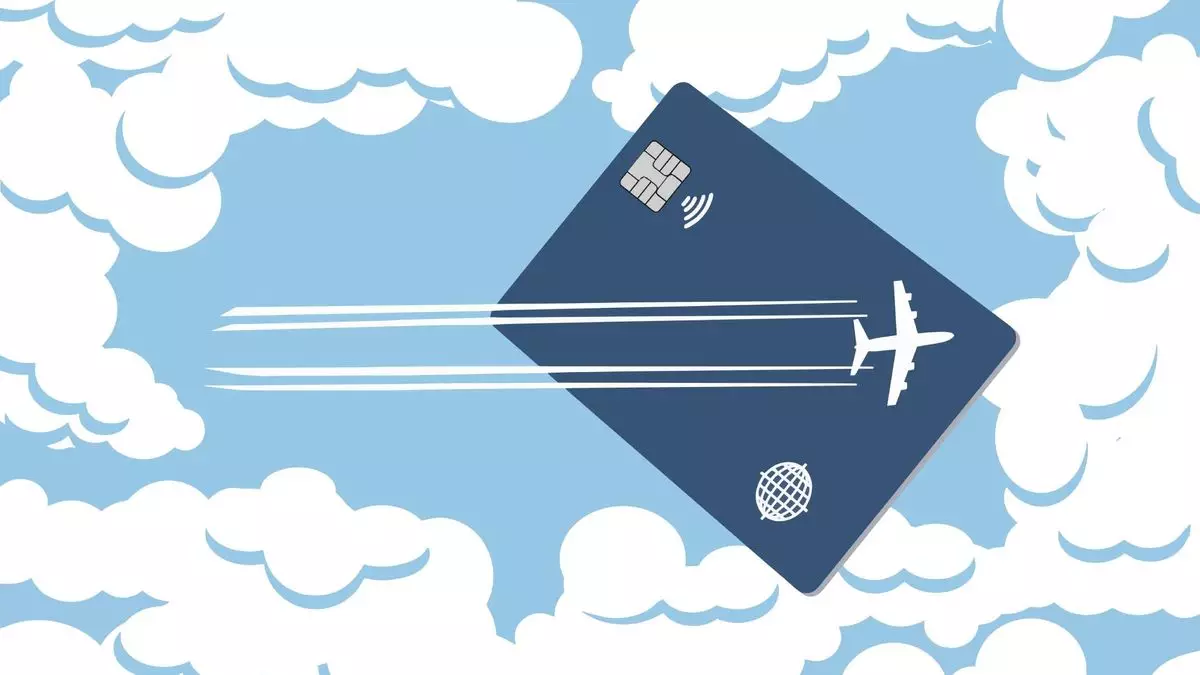The recent announcement by the Department of Transportation (DOT) unveiling an investigation into the loyalty programs of the four major U.S. airlines—American, Delta, Southwest, and United—has sparked a contentious debate. On one side, consumer advocacy groups are voicing their approval for the probe, while industry insiders label it as regulatory overreach. This article examines the nuances of this issue, the conflicting perspectives, and the potential implications for travelers and airlines alike.
The Rationale Behind the Investigation
On September 5, DOT Secretary Pete Buttigieg articulated the primary focus of the investigation: to ensure that major airline rewards programs are not exploiting consumers through unfair practices. The DOT argues that these loyalty programs are not merely marketing tools; they are integral components of the airline business model, significant enough to influence the U.S. economy. Consumers often view these earned points as financial assets, akin to savings, which buttresses the DOT’s position for scrutiny.
The investigation centers on multiple dimensions, including the airlines’ practices surrounding the valuation and redemption of reward points. Airlines are required to disclose historical data on devaluations and how changes have impacted previously accrued points and loyalty statuses. Dynamic pricing models for reward redemption are also under examination, raising the question of whether the current practices uphold fairness and transparency for consumers.
The reaction from the airline industry has been pointedly critical. Geoff Freeman, CEO of the U.S. Travel Association, expressed concerns that the investigation diverts attention from more pressing airline industry issues, such as staffing shortages among air traffic controllers. Freeman’s statements signify a prevalent feeling within the travel industry that the government is focusing on the wrong elements, suggesting that micromanaging loyalty programs undermines the industry’s ability to operate effectively.
Conversely, aviation economist Bill McGee supports the DOT’s efforts, underscoring the significance of ensuring that loyalty programs adhere to fair play. While he acknowledges that the airlines offer these programs as appreciation for customer loyalty, he believes there is merit in regulating how these loyalty systems operate to prevent unfair practices that may deceive consumers.
Such conflicting viewpoints exemplify the complexity of navigating consumer rights within a heavily regulated environment. For consumers, the inquiry signals an opportunity to challenge practices they perceive as exploitative, while industry advocates argue that the existing competition among airlines is sufficient for maintaining fairness without federal oversight.
Economic Context: Membership Growth and Market Dynamics
The backdrop of this investigation is a surge in loyalty program memberships, with nearly 30 million credit card holders engaged with U.S. airline loyalty options. The financial implications of these programs are considerable, with Delta alone reporting over $6 billion in revenue from co-branded credit card partnerships in 2023. While loyalty programs have grown in popularity, the costs associated with earning and redeeming rewards have spiked in recent years, leading to concerns among consumers who recognize shifts in value.
Analyst reports highlight that the cost of reward redemptions has escalated faster than inflation, causing alarm within consumer circles. Further complicating the scenario are discrepancies among airlines, such as how Southwest ties its reward pricing directly to cash fares, contrasting with the less stable models of its competitors. This inconsistency raises questions about the overall utility of loyalty programs in providing genuine value to consumers.
A Complex Landscape: Loyalty Programs vs. Savings Accounts
The DOT’s comparison of rewards programs to financial savings accounts has sparked significant debate. Critics argue that this analogy is misleading, as airlines retain flexibility in altering redemption costs without prior notice. Observers like Kyle Stewart contend that equating points with traditional savings misrepresents the nature of loyalty programs, which operate more like gaming rewards where conditions can change unpredictably. This perspective raises vital considerations about the legitimacy of consumer expectations within these programs.
The debate over loyalty program structure also accounts for broader discussions about consumer rights and airline accountability. As potential enforcement measures are contemplated by the DOT, the overarching concern remains whether such interventions would lead to genuine reform or result merely in increased administrative costs without substantial benefits to consumers.
As the DOT pushes forward with its investigation, the outcomes remain uncertain. The tensions between consumer rights advocacy and industry pushback signal a pivotal moment for airline loyalty programs in the U.S. market. Stakeholders across the spectrum will need to remain engaged as discussions unfold, making clear the need for both transparency and fair practices within airline reward systems. Whether this investigation leads to significant regulatory changes or merely reiterates existing standards remains to be seen; however, it undeniably highlights the urgent need for dialogue about the evolving role of loyalty programs in the airline industry.

